You have no items in your shopping cart.
Do you have a project in mind but have no idea where to start? Let us help you. One of the first things you will want to do is decide what kind of fiberglass you want to use. Do you need to build up thickness fast? Are you concerned about strength? Do you have tight corners you are working with? Let us break things down a bit to help you decide if fiberglass cloth is right for your project or if you are needing chopped strand mat. Keep in mind that you can actually use both together to achieve your desired outcome. Below is an overview.
Fiberglass Cloth

(Plain weave fiberglass cloth)
Fiberglass Cloth is a woven fabric. Plain, 4 harness satin and 8 harness satin are the weave styles we carry. The 4, 6 and 10 ounce plain weave fabrics are the most commonly used. In this simple plain weave pattern, warp and fill yarns are interlaced over and under each other in alternating fashion. The plain weave is the easiest to handle since it does not unravel as much as the other weaves when cut.

In the four-harness satin weave pattern there is a three by one interfacing where a filling yarn floats over three warp yarns and under one.

The eight harness satin is similar to the four harness satin except that one filling yarn floats over seven warp yarns and under one. The satin weaves are slightly stronger and more pliable than the plain weave and are easier to conform to curved surfaces. They are more difficult to handle than the plain weave, though. Use fiberglass cloth when you are looking to create a strong, light weight product.

Chopped Strand Mat
Chopped Strand Mat (also known as fiberglass mat) has short strands of fibers held together with a resin binder. The fibers are randomly oriented. Mat is only compatible with polyester and vinyl ester resin. When resin is added to the mat, the binder dissolves and the fibers can be moved around. It is easier to conform mat to tight curves and corners than it is with weaved fabric. The reason chopped strand mat is not compatible with epoxy resin is because the binder holding the fibers together needs styrene to properly dissolve. Polyester and vinyl ester resins have styrene in them. (There are some places that sell chopped strand mat that is compatible with epoxy but it is hard to come by and much more expensive). Chopped strand mat is the least expensive fiberglass and is often used in mold construction or projects where thickness is needed. Mat is often used as the first layer (before the gelcoat) in a laminate to prevent print through. Print through is when the fabric weave texture shows through the resin. Chopped Strand mat does not have much strength. If you need strength you should choose a woven cloth or you could mix the two. Mat can be used between layers of woven fabric to help build thickness quickly and aid in all layers bonding well together.
If you have any questions feel free to comment. We will do our best to reply with an answer. Or, you can visit our website Fiberglass Warehouse for more information.
For more detailed information on each fiberglass cloth we carry, you can CLICK HERE.
comments (50)
-

-
 Shawn Tidwell
Shawn TidwellHi I am fixing wholes in my boat floor what is the best to use on it cloth or Mat
REPLY from fgwarehouse: Depends on what the holes look like. I prefer knitted fabric 1708 for structural holes. Type 1708 Knitted Fabric, 25.3 oz X 38″, +/-45 17 oz w/ 3/4 oz Mat. But any of them will work, but some will work better than others.
-
 Ian
Iani am making a lightweight head for my alien costume out of fiberglass. i have a plaster mold that i am planning on filling with a few layers of satin weave fabric with clear epoxy resin. i want it to be very light, but also strong in case i drop it. what ounce fabric should i use? will i encounter any problems?
REPLY from fgwarehouse: If it were me, i would use thin strips of fiberglass and work them into place. A helmet with a lot of detail is difficult. You may want to get some milled glass fibers and mix them into your resin and make a putty and use that in the difficult locations.
REPLY from Ian: will do.
-
 Jason
JasonI am redoing the floor in an 18′ center console fishing boat. The floor is 1/2″ wood and I need to cover it with fiberglass and resin to waterproof. The finished surface will be coated with a non-skid paint coating. What’s the best resin/cloth combination to make the surface durable and waterproof, and will also somewhat self-level to avoid the need for excessive sanding on the surface before paint?
REPLY from fgwarehouse: For waterproofing, you want to use vinyl ester resin or epoxy resin. VE resin is cheaper. I would also use 1708, as it is very strong and builds quick. For a very strong, sturdy deck, use 2 layers. You really don’t want a self leveling resin, as it becomes brittle when there is not fiber in it. You want to have the chopped strand mat side up to give it a more uniform surface.
-
 Robert Kowalski
Robert KowalskiIs there a way to make mat more pliable (softer) so it will conform to tighter radius’ or is there grades of pliability other than weight?
REPLY from fgwarehouse: You can try to lay the fiberglass on the 45 to help it conform, but other than that, only lighter cloth will conform easier.


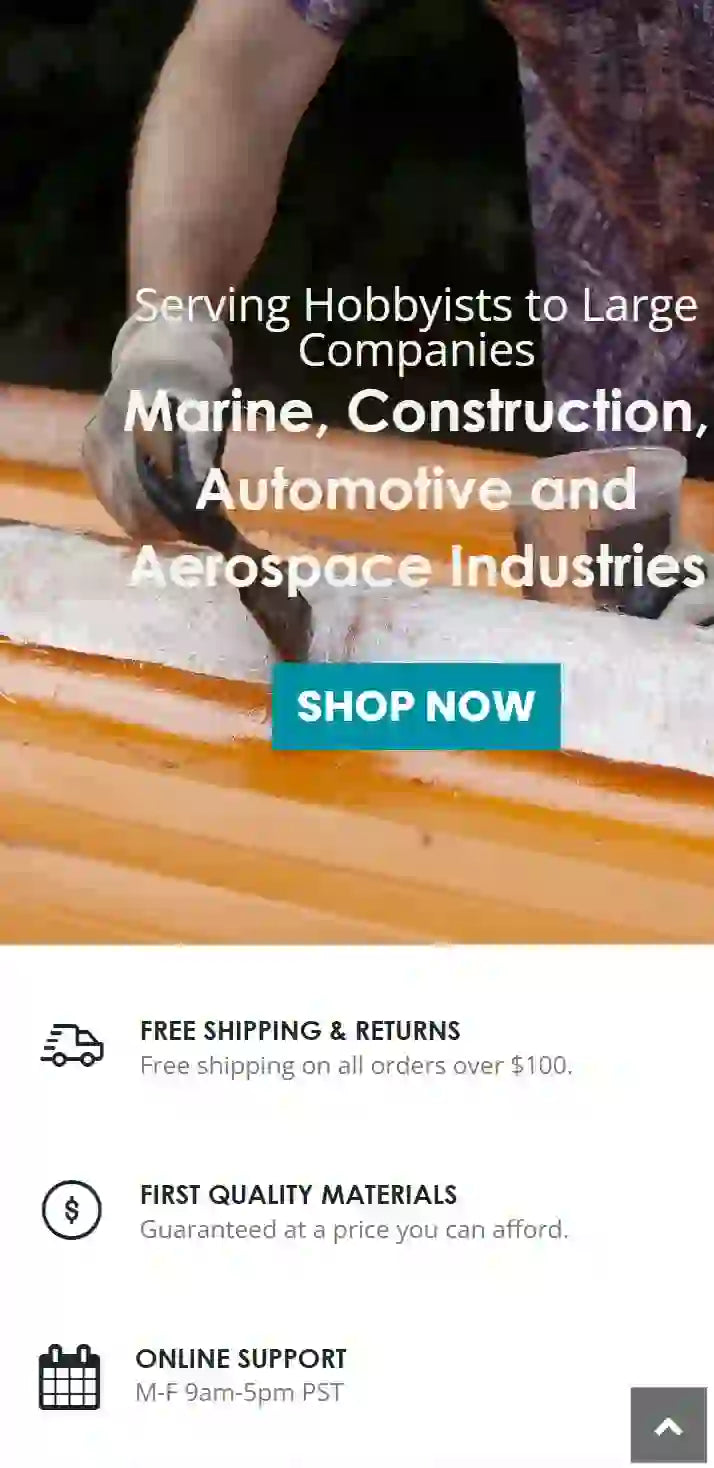

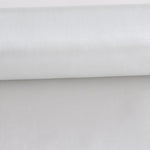
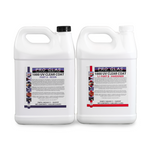

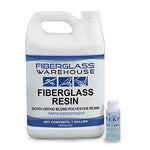

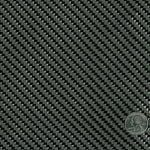

I want to fiberglass for strength. With forces from 4 directions. So cloth with alternating layout or just mat.
REPLY from fgwarehouse: I would use knitted fabric 1708.